Home>Articles>How To Remove Grass Around Flower Beds And Trees With Hand Tools
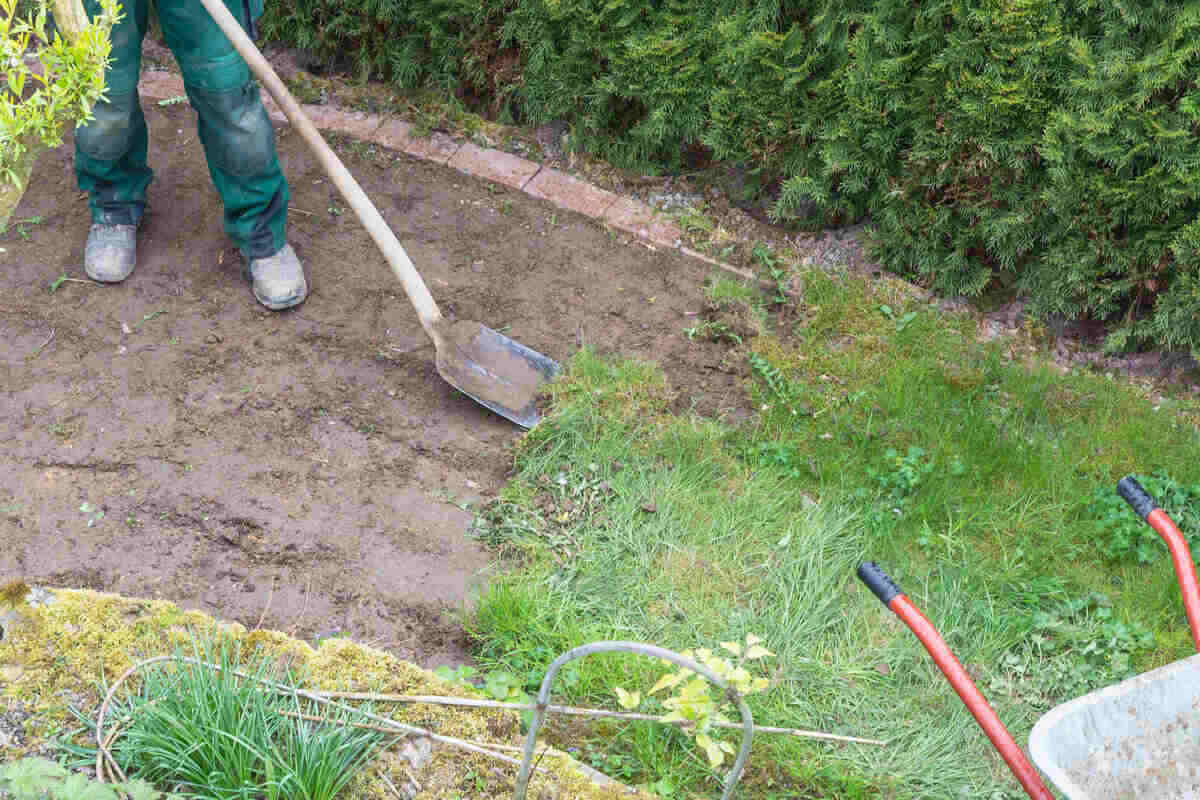

Articles
How To Remove Grass Around Flower Beds And Trees With Hand Tools
Modified: March 2, 2024
Learn effective methods to remove grass around your flower beds and trees using simple hand tools. Our helpful articles provide step-by-step instructions and tips for a beautiful garden.
(Many of the links in this article redirect to a specific reviewed product. Your purchase of these products through affiliate links helps to generate commission for Storables.com, at no extra cost. Learn more)
Introduction
Removing grass around flower beds and trees is an essential task for any gardener or landscape enthusiast. While grass adds beauty to your lawn, it can become invasive and steal nutrients from your precious plants. By removing the grass around flower beds and trees, you can create a clean and well-defined space that allows your plants to thrive.
In this article, we will guide you through the process of removing grass around flower beds and trees using hand tools. We will discuss the necessary tools, how to prepare the area, and step-by-step instructions for removing the grass. Additionally, we will provide tips on how to maintain a grass-free area to ensure the long-term health and aesthetics of your garden.
So, grab your favorite hand tools and let’s get started on transforming your flower beds and trees into stunning, well-maintained focal points of your landscape!
Key Takeaways:
- Transform your garden with ease by removing grass around flower beds and trees using essential hand tools and proper preparation techniques. Maintain a grass-free area to ensure the long-term health and beauty of your landscape.
- Protect your plants and enhance the aesthetics of your garden by following step-by-step instructions to remove grass around flower beds and trees. Utilize maintenance practices to prevent regrowth and create optimal conditions for plant growth.
Read more: How To Remove Grass Around Trees
Necessary Hand Tools
Before you begin removing grass around flower beds and trees, it’s important to gather the necessary hand tools. These tools will make the process easier and more efficient. Here are the essential hand tools you’ll need:
- Garden gloves: Protect your hands from dirt, debris, and potential thorns while working in the garden.
- Garden rake: Use a garden rake to loosen the soil around the flower beds and trees, making it easier to remove the grass.
- Garden spade: A garden spade is necessary for cutting through the grass roots and creating clean edges around the flower beds and trees.
- Hand trowel: A hand trowel is helpful for digging up smaller patches of grass and weeds that are closer to the plants.
- Pruning shears: If there are any overgrown branches or bushes obstructing the flower beds or trees, pruning shears will come in handy for trimming them back.
- Wheelbarrow or garden bucket: A wheelbarrow or garden bucket will be useful for collecting the grass clippings and transporting them away from the working area.
- Watering can or hose: After removing the grass, it’s important to water the flower beds and trees to ensure their health and help them recover from any disturbance.
By having these essential hand tools at your disposal, you will be well-equipped to tackle the task of removing grass around flower beds and trees with ease. Remember to keep your tools clean and well-maintained for optimal performance and longevity.
Preparing the Area
Before you start removing grass around flower beds and trees, it’s important to properly prepare the area to ensure a successful and efficient process. By taking the time to prepare, you’ll create a clean working space and minimize any potential damage to your plants. Here are the steps to prepare the area:
- Clear the area: Remove any obstacles such as rocks, branches, or garden decorations from the flower beds and around the trees. This will prevent any interference with the grass removal process.
- Trim the grass: Use a lawn mower or trimmer to cut the grass around the flower beds and trees as low as possible. This will make it easier to see the edges and boundaries of the grass you need to remove.
- Mark the boundaries: Use stakes or string to mark the boundaries of the flower beds and the desired edge around the trees. This will provide a clear visual guide for where to remove the grass.
- Water the area: Before starting the grass removal process, thoroughly water the flower beds and around the trees. This will help soften the soil and make it easier to remove the grass roots.
By following these steps to prepare the area, you’ll ensure a smooth and efficient process for removing grass around flower beds and trees. Taking the time to properly prepare will not only make the task easier but also reduce the risk of damaging your plants during the grass removal process.
How to Remove Grass Around Flower Beds
Now that you have prepared the area, it’s time to dive into the process of removing the grass around flower beds. Follow these step-by-step instructions to ensure a successful grass removal:
- Put on your garden gloves: Start by protecting your hands with durable garden gloves.
- Using a garden rake, loosen the soil: Gently rake the soil around the flower beds to loosen any compacted areas. This will make it easier to remove the grass roots.
- Start at the edge: Begin removing the grass at the outer edge of the flower bed. Use a garden spade to cut through the grass along the marked boundary.
- Work in sections: Divide the flower bed into manageable sections and focus on one section at a time. This will help you maintain control and prevent overwhelming yourself.
- Dig up the grass roots: With the garden spade or hand trowel, carefully dig under the grass clumps and lift them out, including the roots. Try to get as much of the root system as possible to prevent regrowth.
- Collect and dispose of the grass clippings: Place the removed grass clippings into a wheelbarrow or garden bucket and dispose of them appropriately.
- Repeat the process: Move along the edge of the flower bed, following your marked boundary, and repeat the digging and grass removal process until you have cleared the entire bed.
- Inspect for any missed grass: Once you believe you have removed all the grass, take a closer look at the bed to ensure there are no patches or stragglers left behind. Remove any remaining grass and roots as needed.
Remember to take breaks as needed and stay hydrated throughout the process. Removing grass around flower beds can be a physically demanding task, but the end result will be well worth the effort. Once you have completed the grass removal, take a moment to admire your clean and defined flower beds!
Use a sharp edging tool to cut a clean edge around the flower beds and trees. Then, use a hand trowel or weeding tool to carefully remove the grass and roots. Be sure to remove all the grass to prevent it from growing back.
How to Remove Grass Around Trees
Removing grass around trees is slightly different from flower beds, as you need to be mindful of the tree’s root system. Follow these step-by-step instructions to effectively remove grass around trees:
- Put on your garden gloves: As always, start by protecting your hands with garden gloves.
- Using a garden rake, clear the area: Carefully rake around the base of the tree, removing any debris or loose grass to create a clean working space.
- Identify the drip line: The drip line is the outermost edge of the tree’s canopy, where water drips from the leaves. This is an important reference point.
- Start at the drip line: Begin removing the grass at the drip line using a garden spade. Cut through the grass and create a clean edge.
- Work inward: Gradually work your way toward the trunk of the tree, removing the grass in small sections. Be cautious not to damage the tree roots.
- Dig around the roots: When you encounter tree roots, use a hand trowel to carefully dig around them. Avoid cutting or damaging the roots as much as possible.
- Remove the grass clumps: Lift out the grass clumps, including the roots, and place them in a wheelbarrow or garden bucket for disposal.
- Repeat the process: Continue working around the tree, following the drip line, and removing the grass and roots until you have cleared the area.
- Inspect for any missed grass: Take a moment to inspect the area and ensure there are no patches or stragglers left behind. Remove any remaining grass as needed.
When removing grass around trees, it’s essential to be cautious and minimize any disturbance to the roots. Tree roots provide stability and nutrients to the tree, so being gentle is key. Once you have successfully removed the grass, take a step back and admire the clean and well-defined space around your trees.
Read more: How To Remove Tree Stump With Hand Tools
Maintaining a Grass-Free Area
Now that you have removed the grass around your flower beds and trees, it’s important to maintain a grass-free area to prevent regrowth and ensure the long-term health of your plants. Follow these tips to keep your landscape looking clean and well-maintained:
- Regularly monitor and remove new growth: Keep an eye out for any grass or weeds that may sprout in the cleared areas. Regularly inspect the flower beds and tree bases, and promptly remove any new growth to prevent it from taking root.
- Apply mulch: Mulch acts as a natural barrier that helps suppress weed growth and retain moisture in the soil. Apply a layer of organic mulch, such as wood chips or straw, around the flower beds and tree bases. This not only helps maintain a clean appearance but also provides additional benefits for your plants.
- Utilize landscape fabric: Consider using landscape fabric or weed barrier cloth beneath the mulch. This adds an extra layer of protection by preventing grass and weeds from growing through and making it easier to maintain a grass-free area.
- Water and fertilize properly: Proper watering and fertilizing of your plants will promote their health and growth, making them more resistant to competition from grass and weeds. Ensure your plants receive the appropriate amount of water and nutrients to thrive.
- Regular maintenance: Schedule regular maintenance tasks, such as weeding, trimming, and pruning, to keep your entire landscape in good condition. By staying on top of these tasks, you can prevent grass and weeds from encroaching on your flower beds and trees.
By following these maintenance practices, you can enjoy a grass-free area that enhances the beauty of your landscape and provides optimal conditions for your plants to flourish. Remember to stay vigilant and address any grass or weed growth promptly to preserve the integrity of your cleared spaces.
Conclusion
Removing grass around flower beds and trees is a crucial step in maintaining a beautiful and organized landscape. By following the step-by-step instructions and using the necessary hand tools, you can effectively remove the grass and create clean, well-defined spaces for your plants to thrive.
Remember to properly prepare the area by clearing obstacles, trimming the grass, and marking boundaries. Take the time to loosen the soil and start removing the grass at the outer edges, working your way inward. Be mindful of the tree roots when removing grass around trees, and always inspect for any missed patches.
Once you have successfully removed the grass, it’s important to maintain a grass-free area to prevent regrowth. Regularly monitor and remove any new growth, apply mulch, and utilize landscape fabric to suppress weed growth. Additionally, ensure proper watering and fertilization of your plants, and schedule regular maintenance tasks to keep your entire landscape tidy.
By following these guidelines and maintaining a grass-free area, you’ll not only enhance the aesthetics of your garden but also provide optimal conditions for your plants to thrive and flourish. So, put on your garden gloves, gather your hand tools, and start transforming your flower beds and trees into beautiful focal points in your landscape.
Frequently Asked Questions about How To Remove Grass Around Flower Beds And Trees With Hand Tools
Was this page helpful?
At Storables.com, we guarantee accurate and reliable information. Our content, validated by Expert Board Contributors, is crafted following stringent Editorial Policies. We're committed to providing you with well-researched, expert-backed insights for all your informational needs.
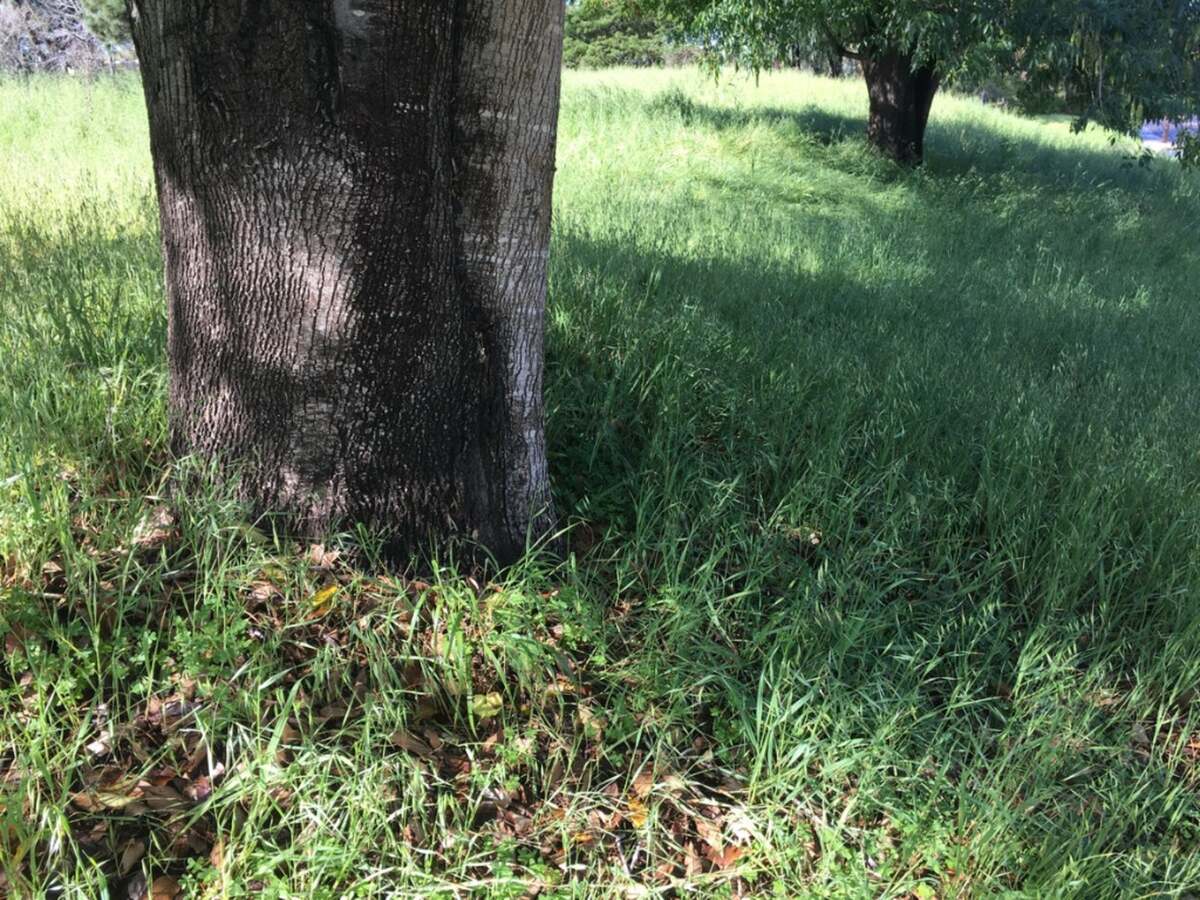
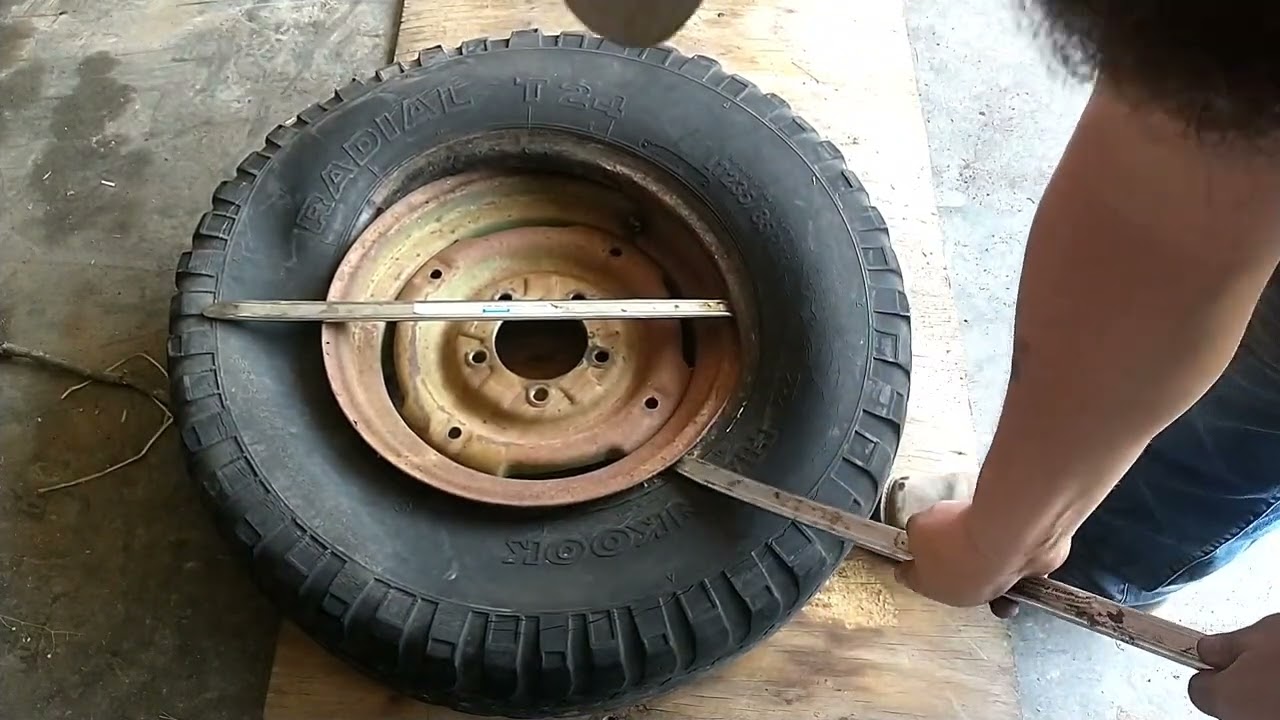
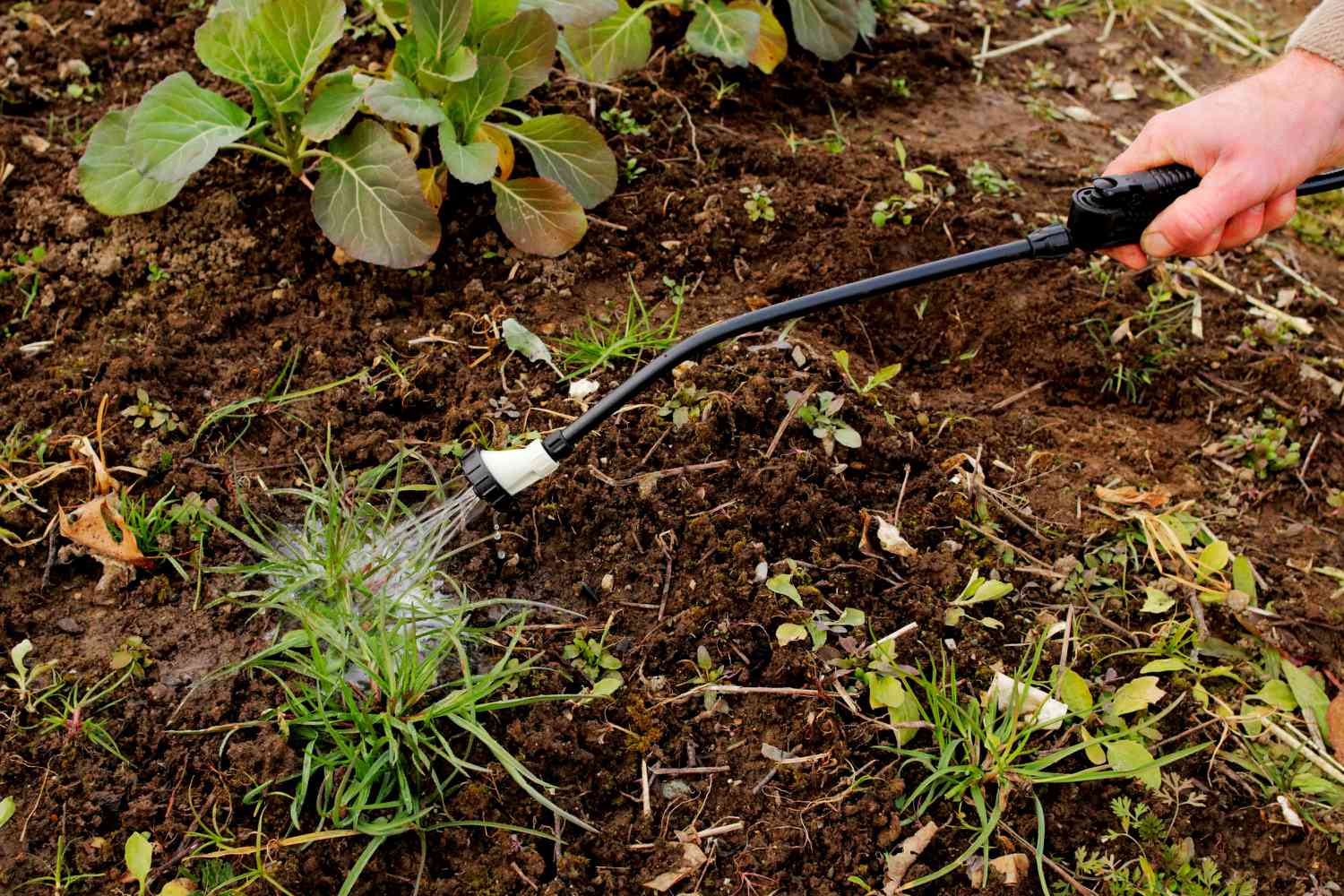
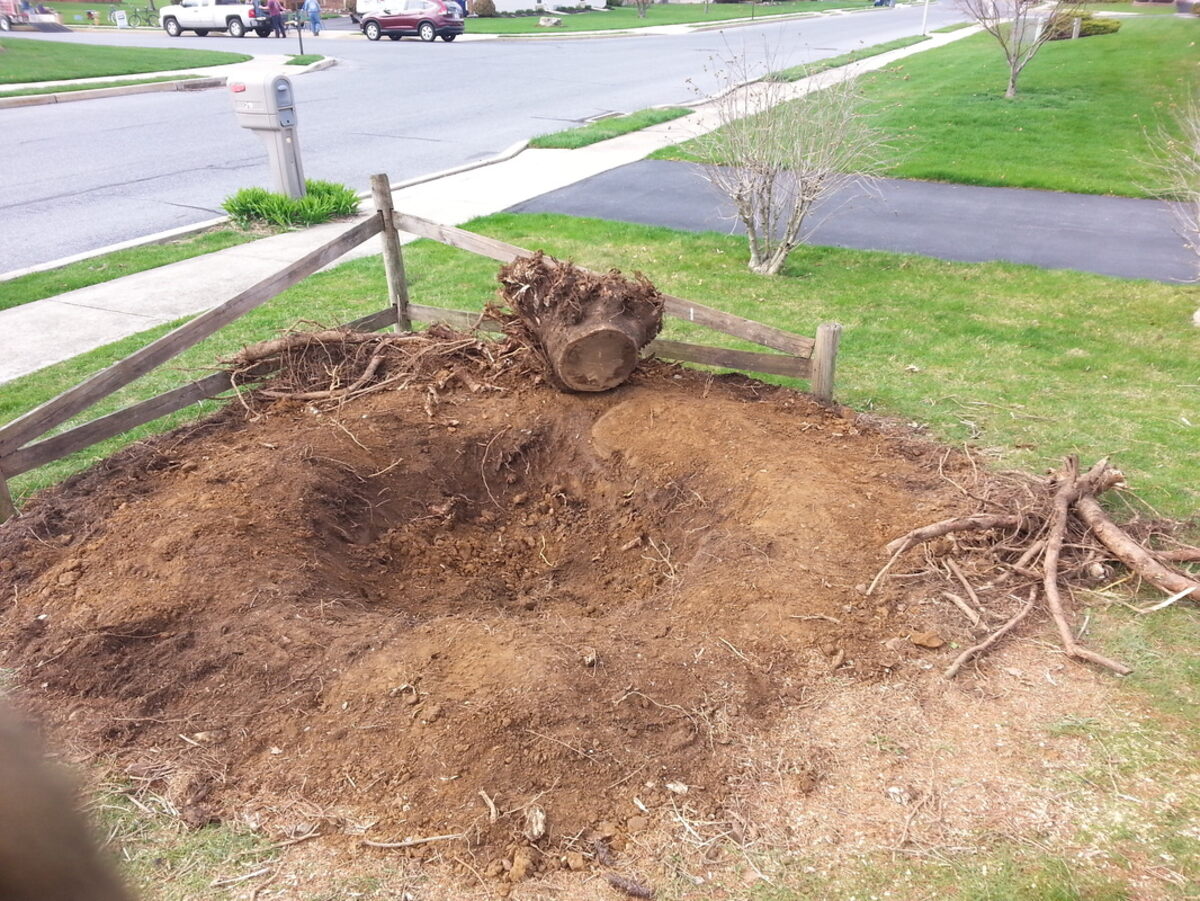
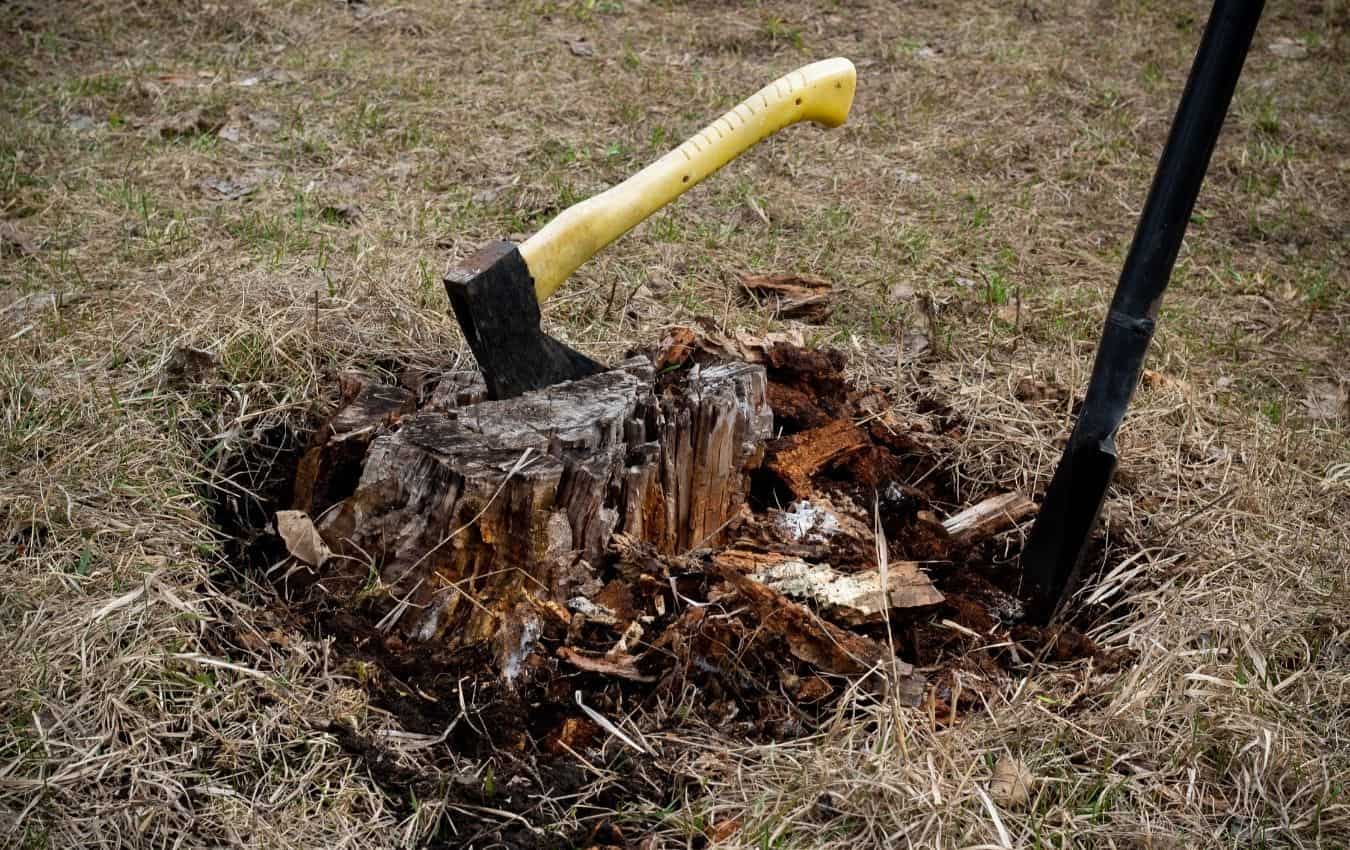
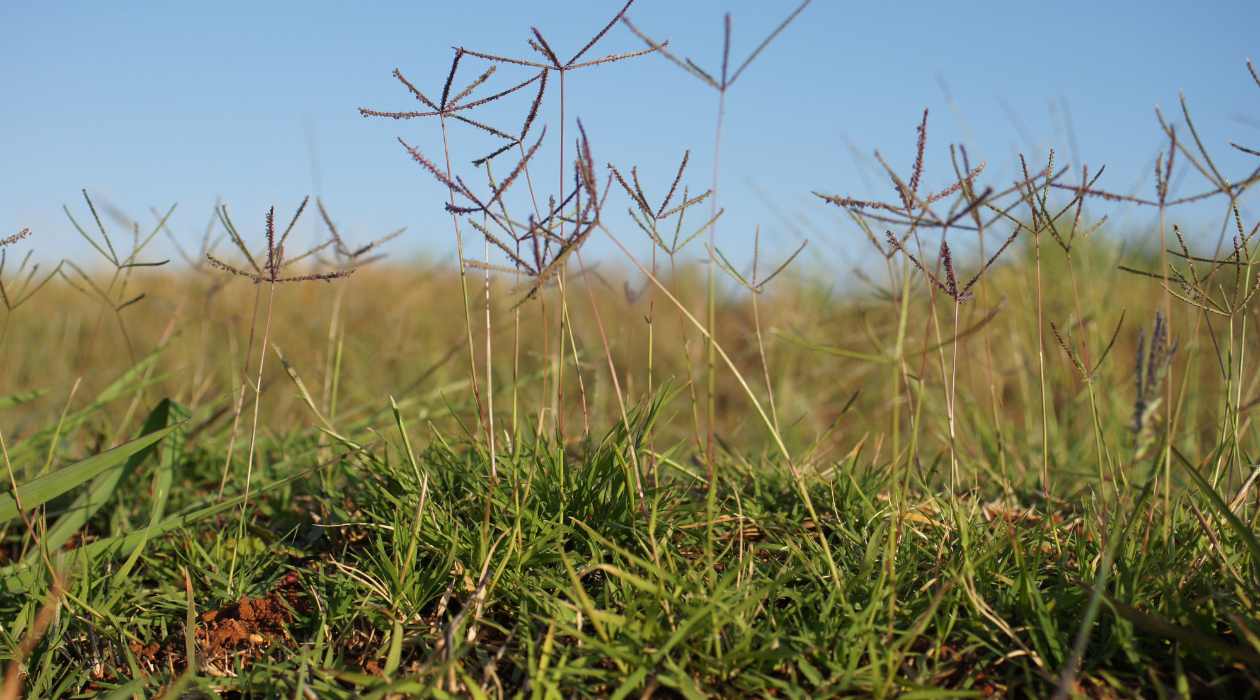
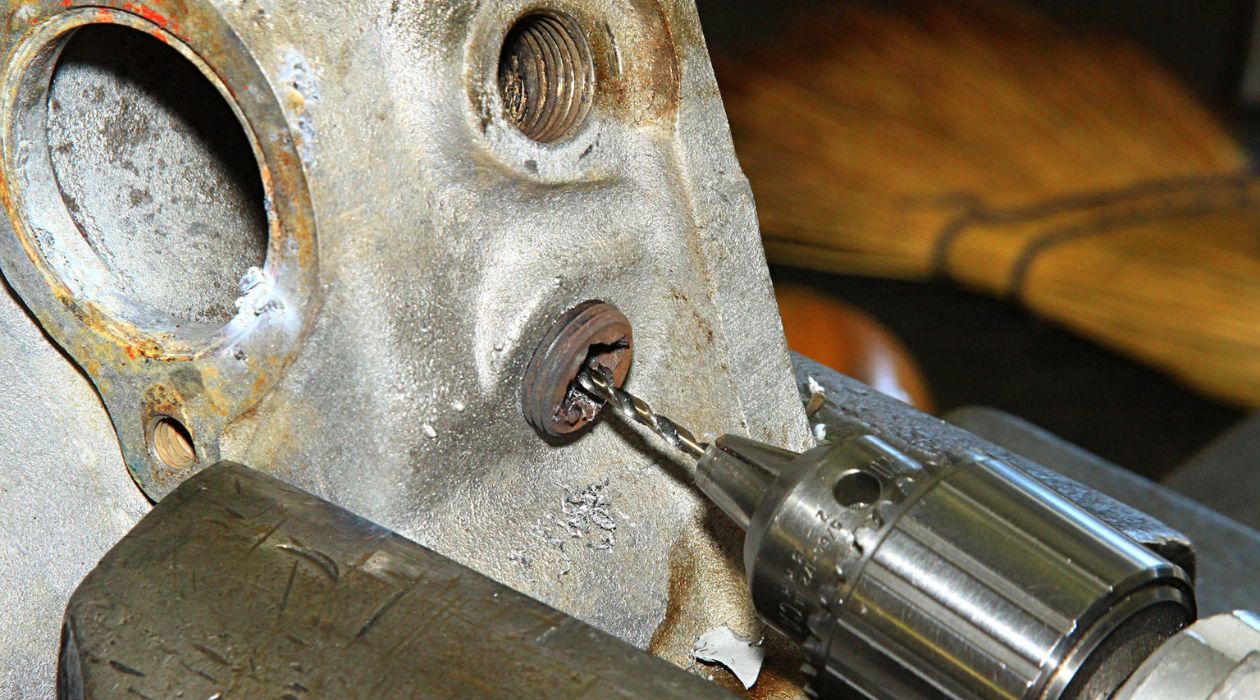
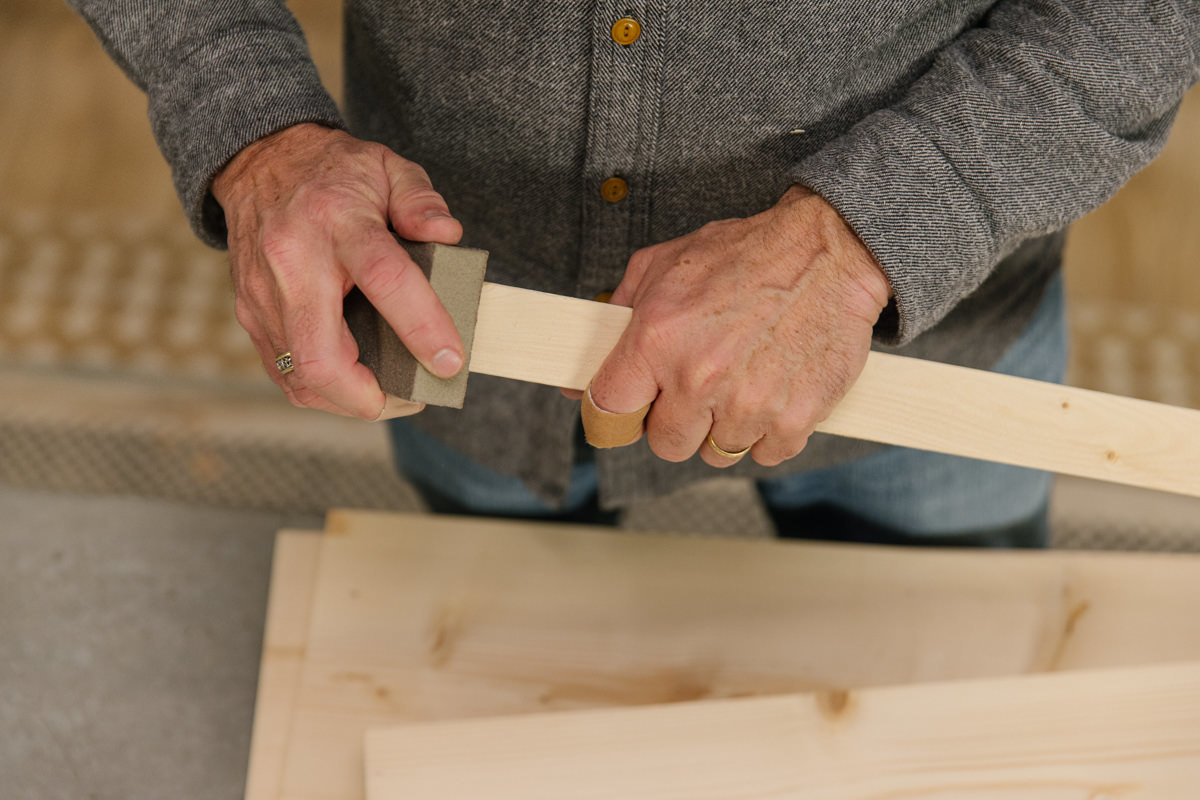
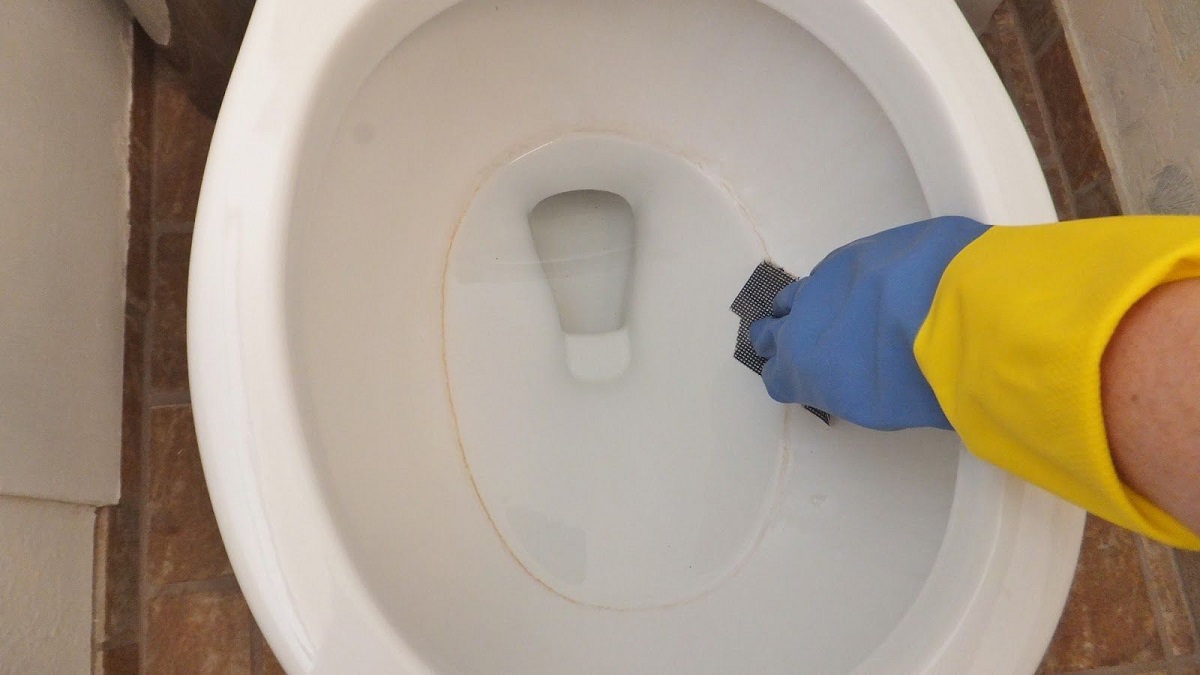
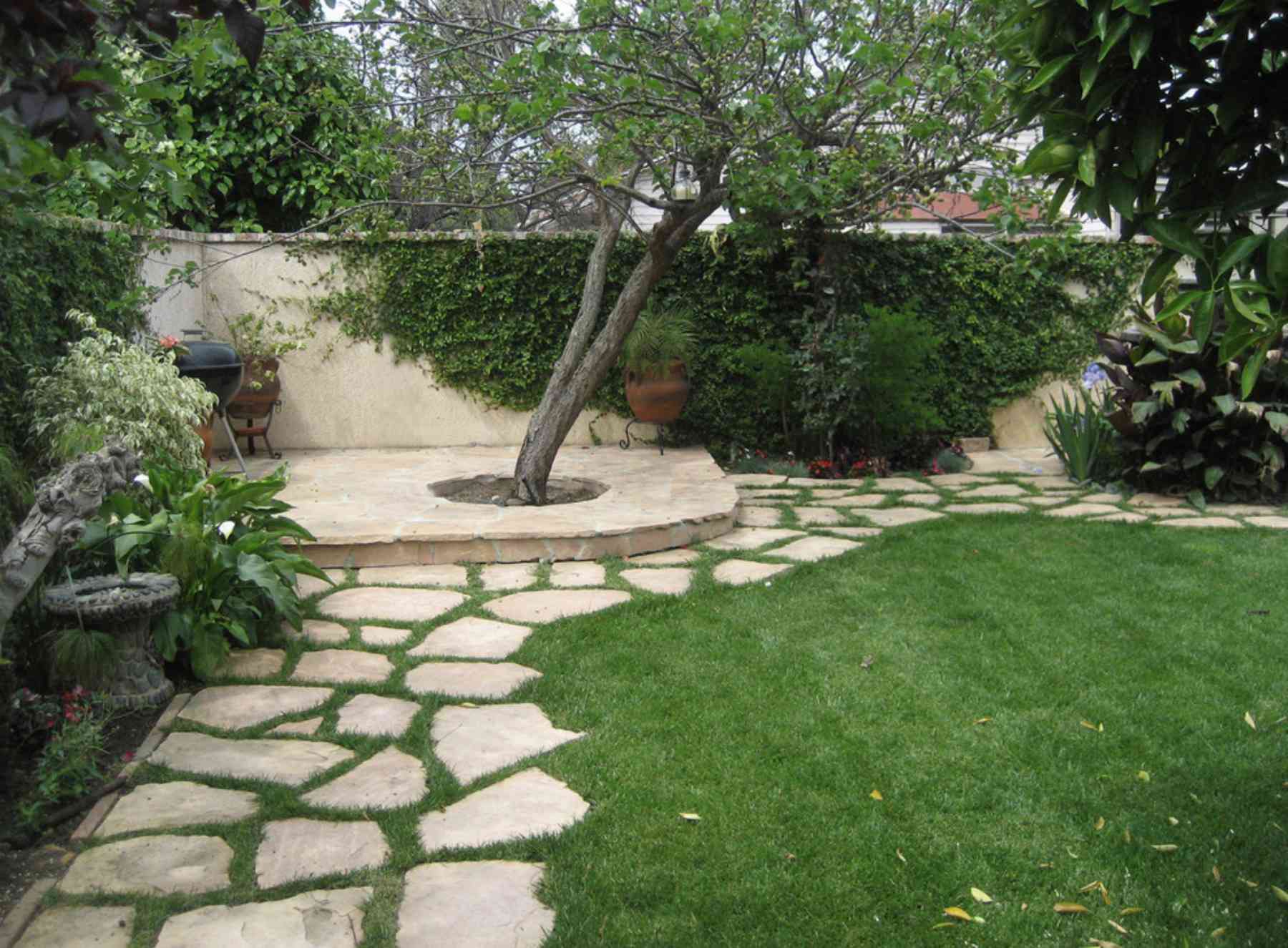
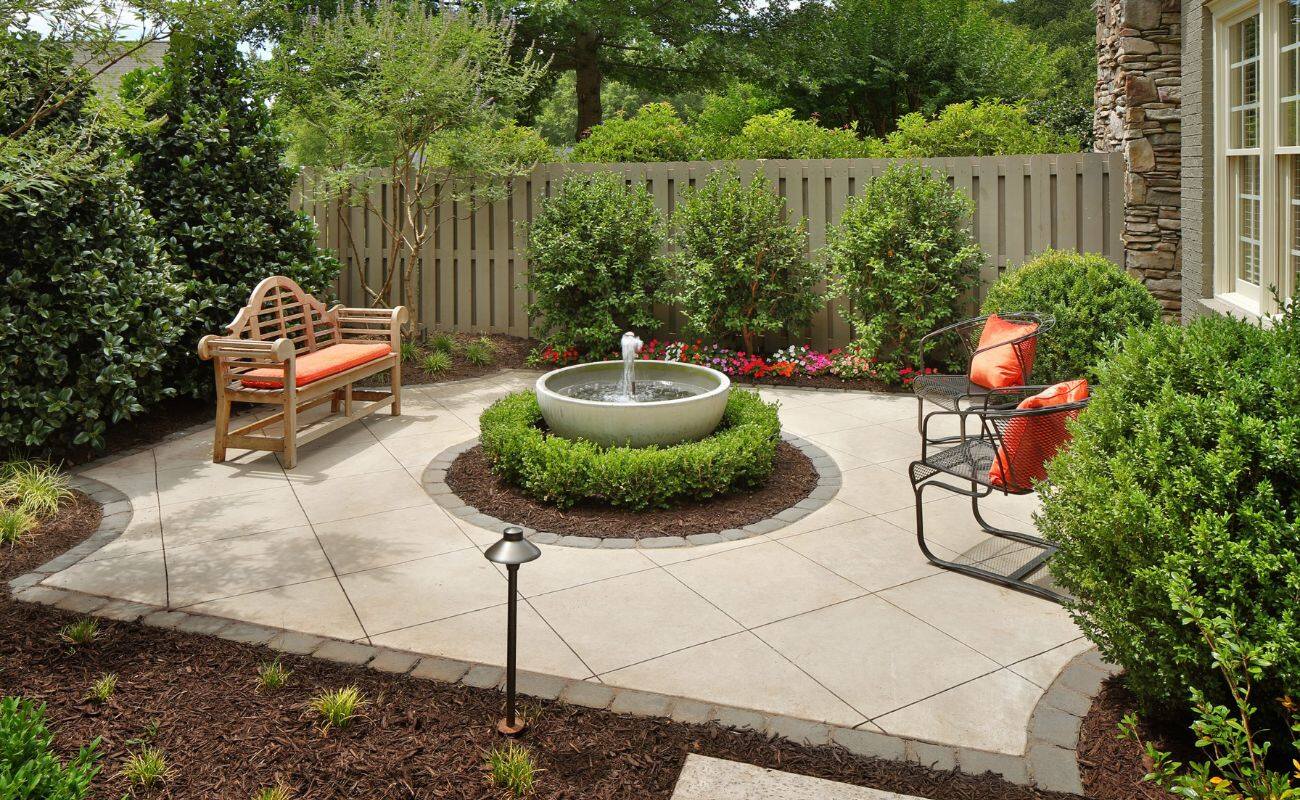
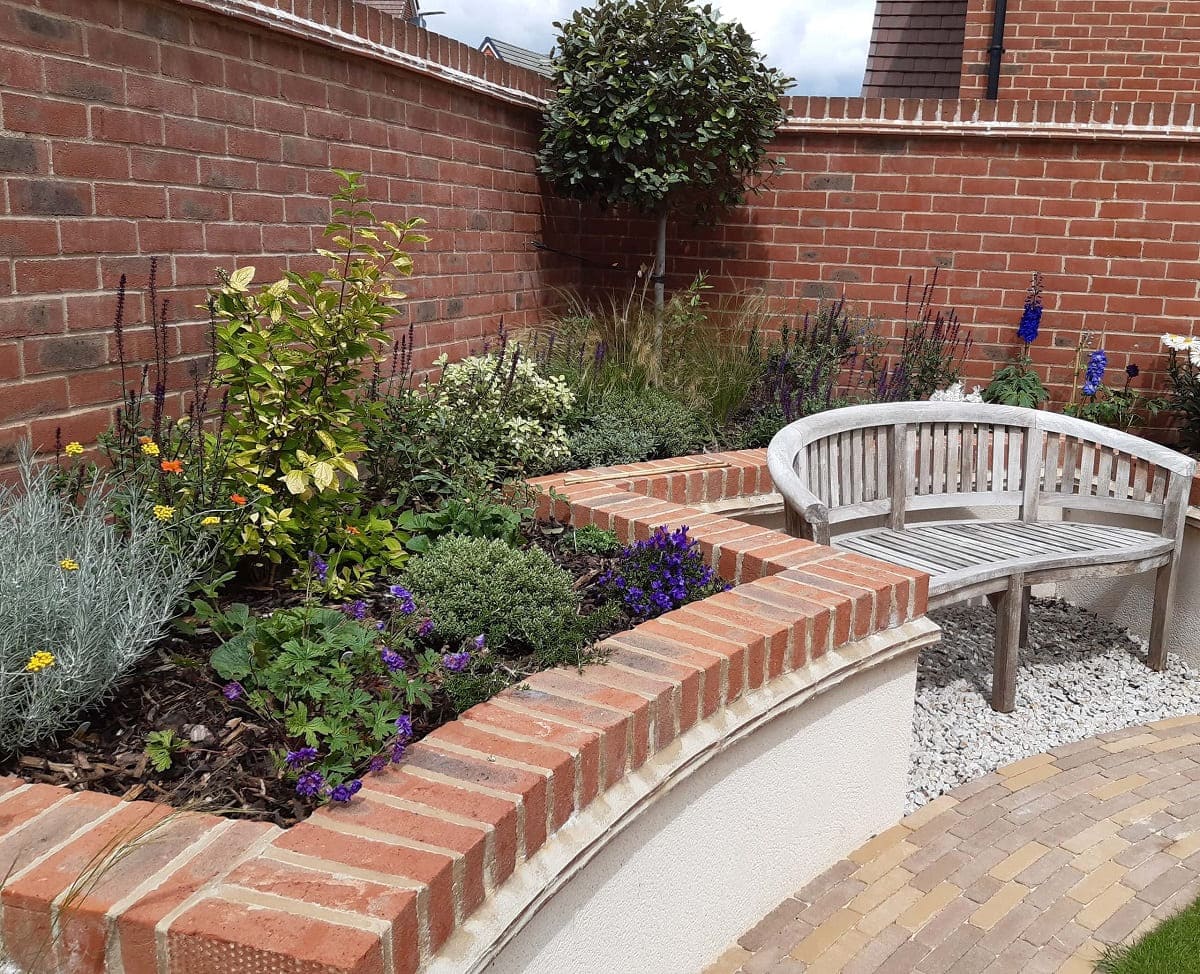
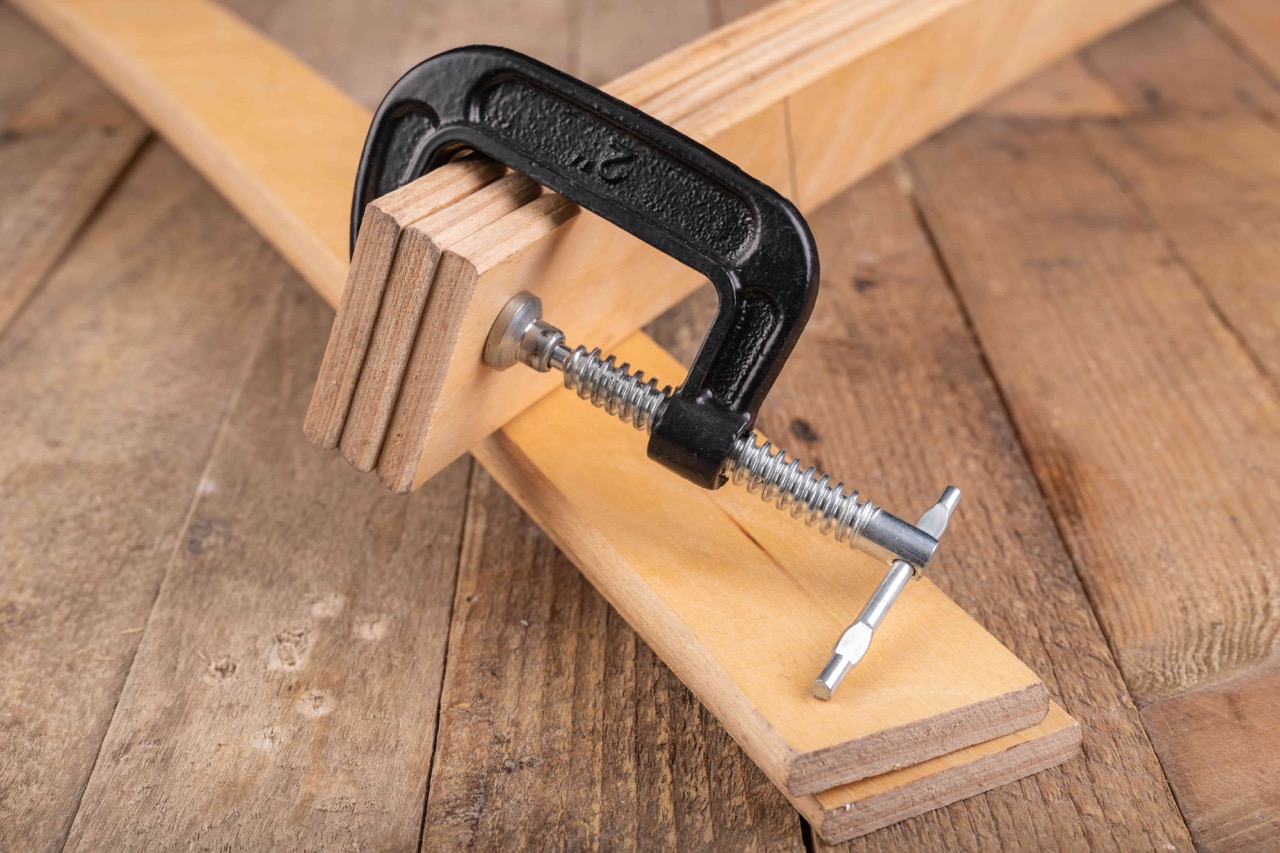
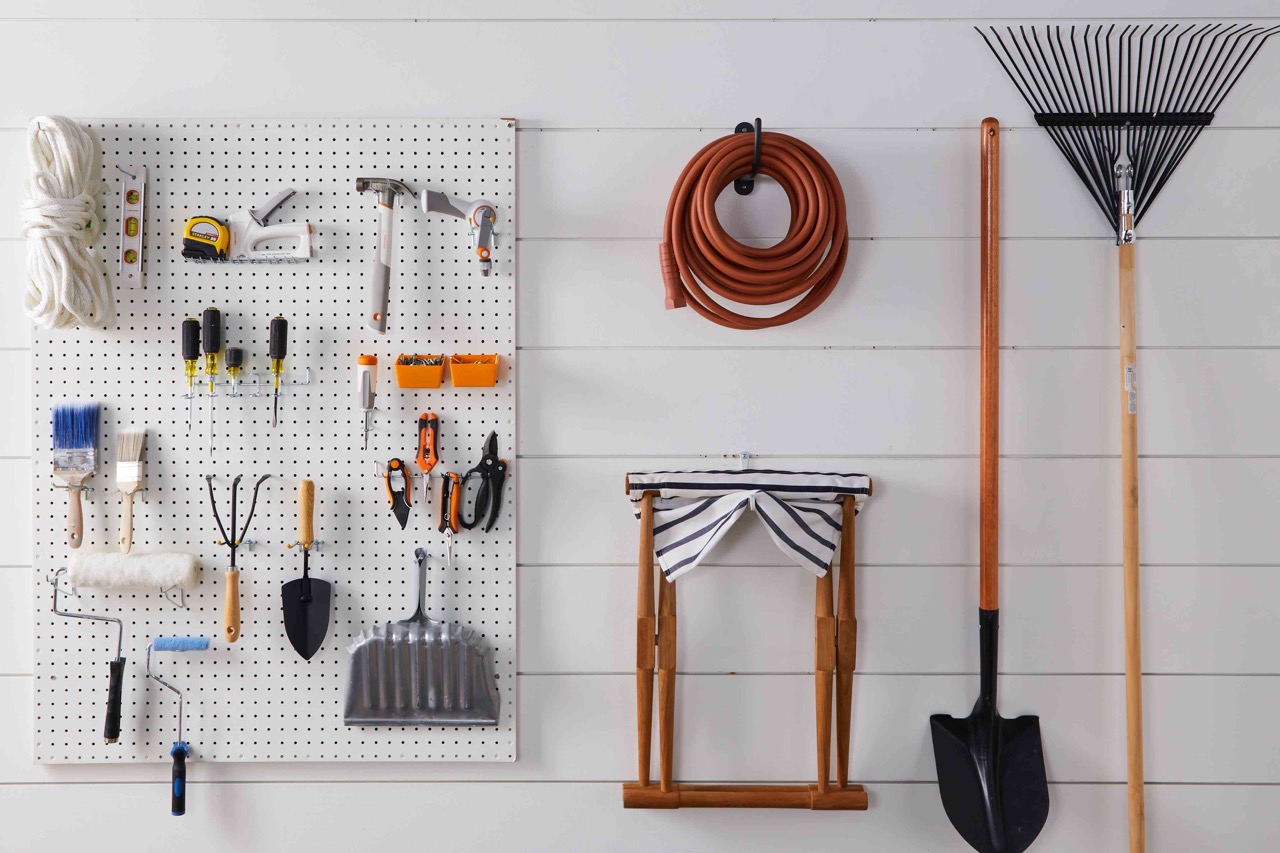

0 thoughts on “How To Remove Grass Around Flower Beds And Trees With Hand Tools”